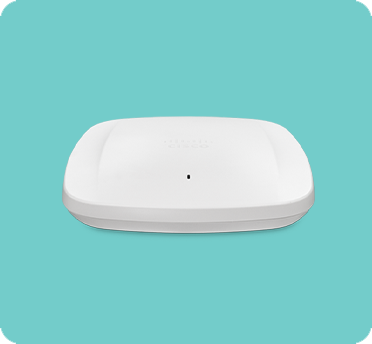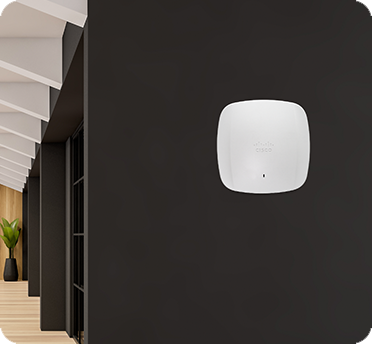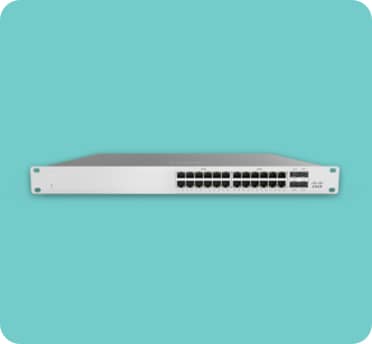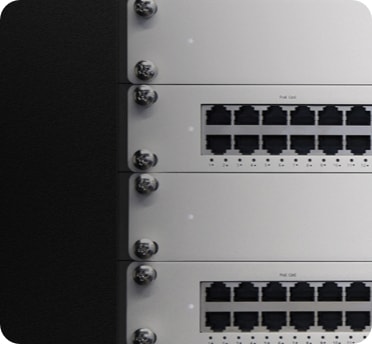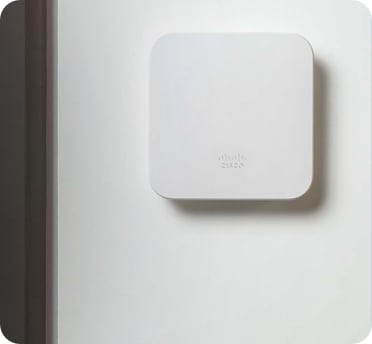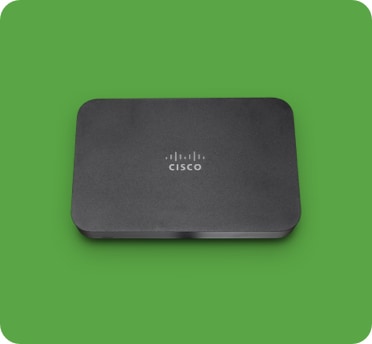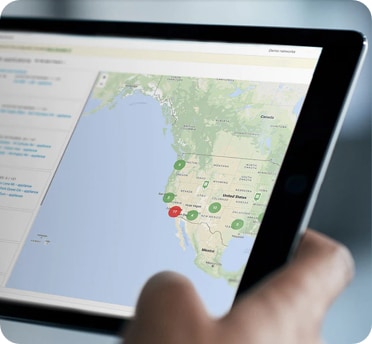Experience the Meraki IT product portfolio
From super-fast Wi-Fi and secure WAN solutions to smart cameras and sensors, Cisco Meraki is simply better IT.
Software-defined WAN.
Connect any user and every site to any application over the wide area network without compromising on security, speed, or user experience.
Connected IoT solutions.
Create intuitive, smart, and secure experiences for guests, employees, and students with our suite of cloud-first cameras, sensors, and IoT applications.
Cloud-managed IT
Scale, flexibility, and control.
Don’t be fooled by its simplicity. Build a more powerful network on the Meraki platform.
Cloud-managed IT
Scale, flexibility, and control.
Don’t be fooled by its simplicity. Build a more powerful network on the Meraki platform.
Quickly and securely manage your network—from day-zero configuration to smart alerts—anywhere, on any device.
Meraki leverages over 23 billion network touchpoints weekly to empower you with the data and context you need to optimize performance.
Connect anyone, anywhere, with enterprise-class connectivity, policy management, and security.
Learn more about Meraki

Meraki Marketplace
Want to differentiate with value-added services? We’ve got an app for that.

Become a partner
Accelerate your customers’ IT transformation, powered by the Meraki cloud platform.

Browse customer stories
Find inspiration from IT teams building better experiences with Meraki.

Community
Connect with our global Meraki community. Ask questions, find answers, and get tips.



































